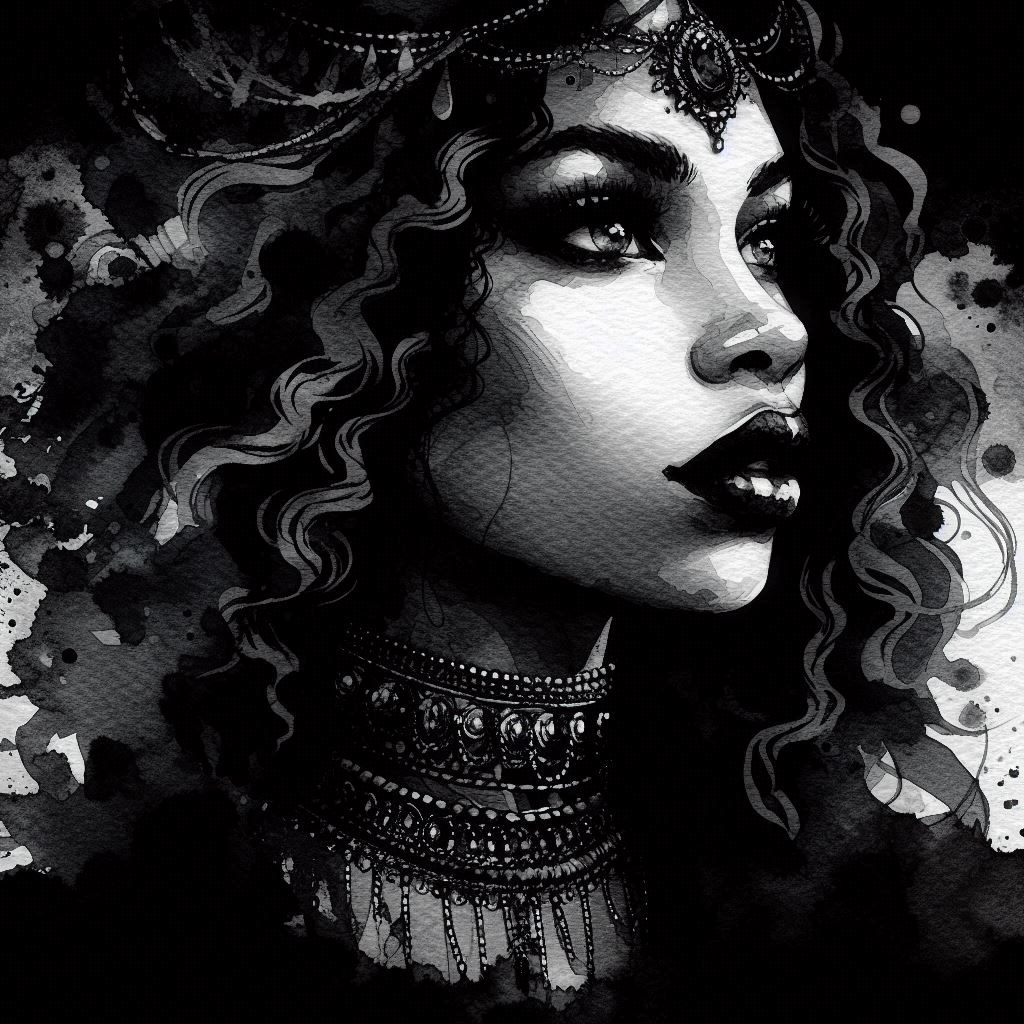Table of Contents
Charles Bukowski and the Question of Suppressed Sexuality
I. Introduction: The Public Persona and the Private Man
Charles Bukowski, the German-born, Los Angeles-raised poet and novelist, built a public persona drenched in hyper-masculine bravado, unapologetic vulgarity, and a blunt celebration of vice. His literature is littered with depictions of alcohol, gambling, sexual encounters, and the raw underbelly of urban America. Yet beneath this coarse surface lies a complex man—one whose exaggerated masculinity often reads like a performance, perhaps designed to conceal deeper vulnerabilities.
Among the undercurrents in his work and biography is the intriguing question of suppressed sexuality: not in the simplistic sense of celibacy or avoidance of eroticism—Bukowski’s writing is saturated with sexual content—but in the subtler psychological sense of sexuality constrained, distorted, or redirected by shame, trauma, and a need for emotional defense.

II. Bukowski’s Sexual Landscape in Literature
Bukowski’s work is notoriously explicit. From Women to Post Office, his narrators recount sexual conquests with a mixture of detachment and sardonic humor. On the surface, these narratives project an image of uninhibited desire, of a man liberated from conventional morality. But when examined closely, several patterns emerge:
- Emotional Distance – Many of his sexual scenes lack intimacy. Physical acts are described mechanically, often without emotional warmth, suggesting a separation of body from deeper feeling.
- Commodification of Partners – Women in his fiction frequently appear as archetypes or symbolic figures rather than as fully fleshed individuals, implying that sexuality is more a means of power, distraction, or performance than a path to genuine connection.
- Self-Deprecation and Masochism – Bukowski’s narrators often frame themselves as unattractive, unworthy, or grotesque, creating a paradox: they brag about sexual experience yet portray themselves as fundamentally undesirable.
This literary posture—hypersexual yet alienated from tenderness—can be read as an expression of a conflicted inner sexual world.
III. Biographical Roots of Suppression
Bukowski’s early life was marked by physical abuse from his father and social ostracism due to severe acne and poverty. These formative experiences likely shaped his attitudes toward intimacy.
- Shame and Sexual Confidence – Acne left him scarred and socially isolated during his sexual formative years, potentially delaying emotional and sexual self-assurance. His later sexual bravado may have been a compensatory overcorrection.
- Control Through Detachment – Childhood abuse teaches survival through emotional armor. Sexual encounters stripped of emotional investment can become a way to maintain control while avoiding vulnerability.
- Cultural Context – Coming of age in mid-20th-century America, Bukowski faced a culture in which male sexual dominance was celebrated but male emotional sensitivity was stigmatized. Suppressed sexuality, in this context, meant suppressing the possibility of tenderness within erotic life.
IV. The Role of Alcohol and Anesthesia
Bukowski’s dependence on alcohol is inseparable from his sexual narratives. Drinking functions in his work both as a social lubricant and as an emotional anesthetic. It lowers inhibitions yet also numbs emotional awareness, allowing sexual acts to occur without confronting the vulnerability they might entail. In psychological terms, this is a form of avoidant intimacy: seeking physical closeness while insulating oneself from the emotional consequences.
V. Suppression vs. Repression: A Psychological Reading
Suppressed sexuality, in Bukowski’s case, seems less about an absence of sexual activity and more about a filtering of sexuality through cynicism and performance. This can be framed in two ways:
- Suppression – A conscious or semi-conscious choice to limit the emotional depth of sexual experience, keeping it within the safe bounds of detachment.
- Repression – An unconscious avoidance of certain sexual or emotional truths, possibly including vulnerability, dependency, or non-heteronormative impulses. While there is little direct evidence of repressed homosexuality in Bukowski’s life, his hypermasculine posturing could be seen as a defensive overstatement of heterosexual prowess—a psychological mask sometimes used to conceal uncertainty.
VI. The Mask of the Dirty Old Man
Bukowski famously leaned into the “dirty old man” caricature—unshaven, drunk, always chasing women. But the theatricality of this role suggests that it was as much armor as identity. By exaggerating the crudity of his sexuality, he may have sought to preempt judgment or rejection: if the world laughed at his vulgarity, it could not pierce the softer, more insecure core beneath.
VII. Conclusion: The Paradox of Liberation and Constraint
In the public imagination, Charles Bukowski embodies a kind of sexual freedom unbound by convention. Yet a close reading of his life and work reveals that his sexuality was neither free nor fully expressed—it was bounded by emotional caution, shaped by early trauma, mediated by alcohol, and often performed rather than lived.
Bukowski’s legacy thus offers a paradox: he is both an icon of sexual candor and a case study in how sexuality can be energetically displayed while emotionally suppressed. His art speaks not only to desire, but to the limits a wounded psyche imposes on desire’s fullest expression.


No responses yet